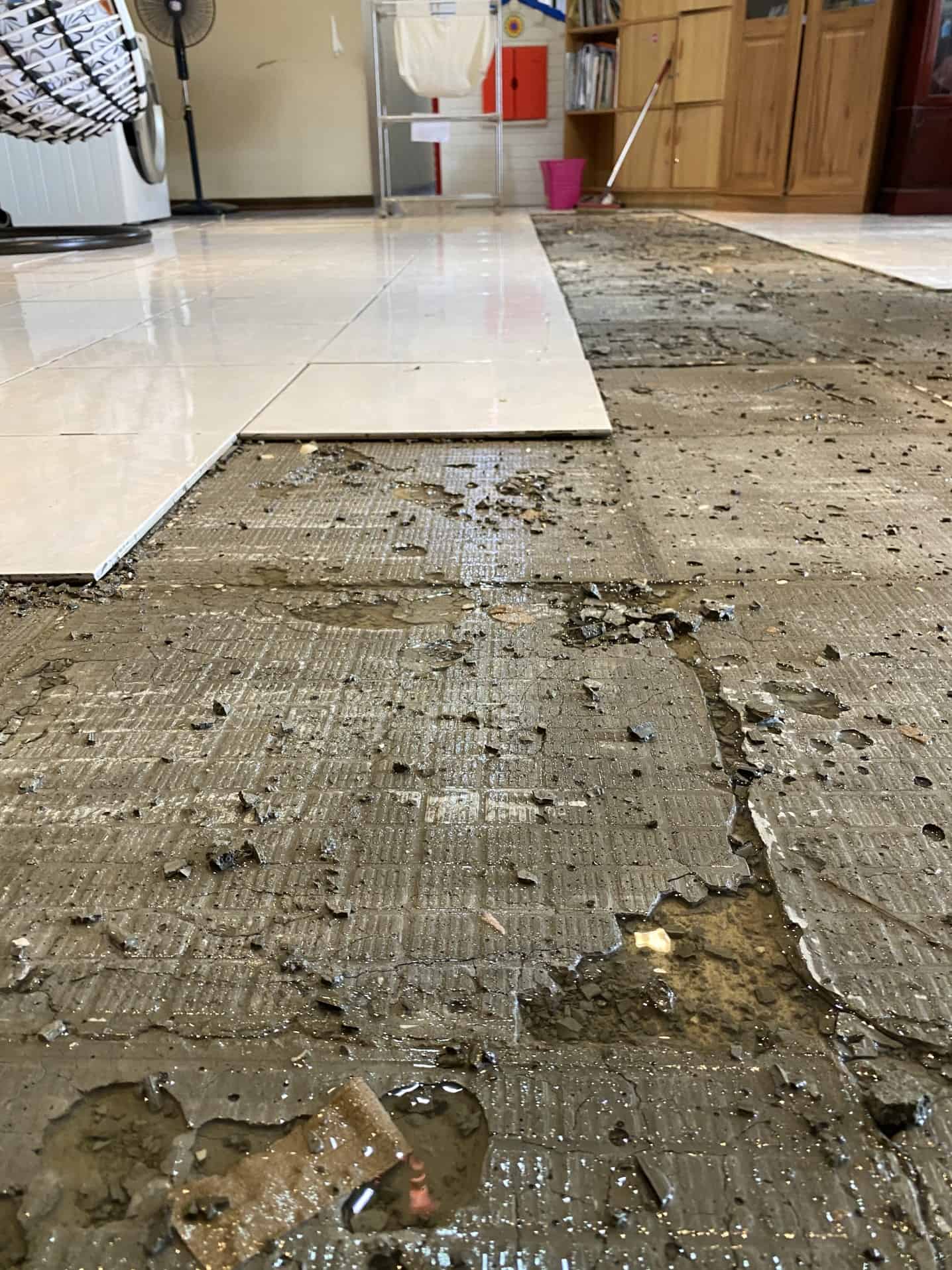Standing Water? Standing IN Water? Call now.
If your building is flooded, stop reading and call us!
If you’ve had previous damage from water and it’s less of an emergency, you can call us or contact us by email – click the Contact Us button right here.



The Weather Brings Water Damage In Many Ways

Anyone living and working in Southeastern Wisconsin knows that storms can happen at any time of the year and potentially damage residential and commercial properties. Many people don’t realize that while physical damage is visible and easily addressed, the potential water damage that comes from the weather is the real danger.
Water damage is easy to miss and can accumulate over time from multiple sources. Here are some of the ways that different weather events can make your property vulnerable to water damage.
Wind
The first and most apparent way water damage can establish a foothold on a home or business is damaged by high-speed wind. While a tornado is an obvious source of wind damage, even high-speed winds short of tornado classification can still damage a property, especially a roof.
Most residential roofing consists of many shingles forming a single protective layer. The passage of time and exposure to elements over the years can weaken the bond attaching shingles to a roof, and a high-speed wind can then blow them off. The area under the shingle can then absorb water, which then gets inside the property.
Leaves
This is easily preventable, but many property owners fail to take this into account. Leaves may eventually cause basement or foundation damage through water. In most properties, the roof will have either a closed drain or open gutter system to handle the rainwater that falls. In an unobstructed gutter or drain, water flows down, enters a drainage pipe, and then exits several feet away from the property, where it is harmless absorbed by the soil.
If leaves block a gutter or drain grate, the water is no longer flowing into a drainage pipe. If it flows down the side of the building, it is absorbed by the soil around the structure. This can lead to erosion of the foundation, or if there are already weaknesses, water entering a basement or cellar space.
Cold Temperatures
It doesn’t happen all the time, but the temperature can sometimes drop to well below the freezing point in the winter. If it gets cold enough, this can freeze the liquid in water pipes. The most noticeable effect is that water may no longer come out of taps, showers, or laundry machines.
However, the more dangerous effect is that water, when it freezes, expands. In the small space of a water pipe, this expansion can break the pipe. When the water returns to a liquid state, it can now leak out of that break in the pipe, causing extensive water damage during the time when the leak isn’t detected, which can be days, weeks, or even months, depending on where the break occurred. When this happens you’ll need to call a plumber to fix the broken pipe before cleaning up the water damage it caused.
Be Proactive
When this type of water damage occurs, it can be costly to have it addressed. However, it’s often also preventable with some maintenance. Inspecting a roof, cleaning out gutters regularly, or insulating water pipes can prevent these issues.
Call Us For Water Damage Repair
If you do need help, Emergency Restoration Specialists have over 30 years of experience right here in Cudahy, serving the Milwaukee area. Contact us 24/7 for a prompt, professional response.



